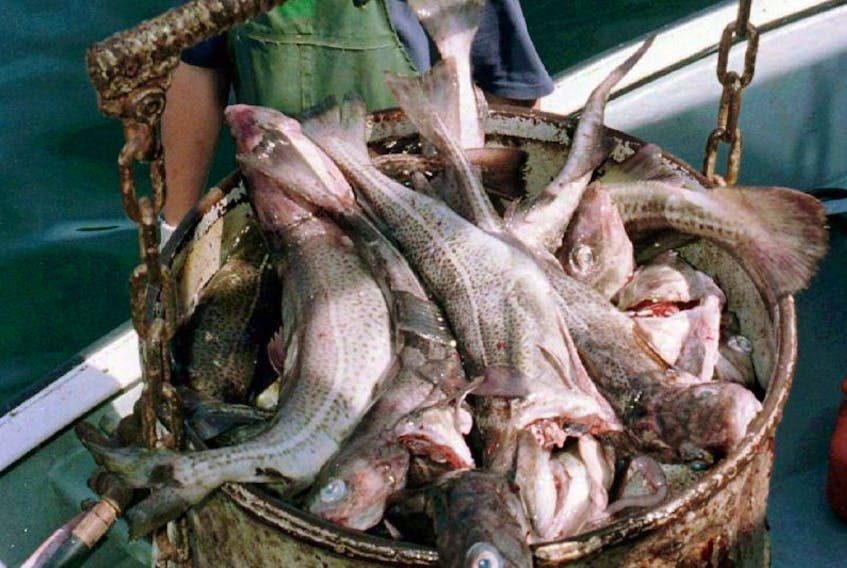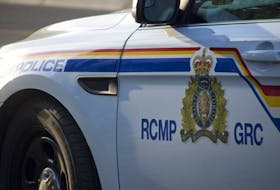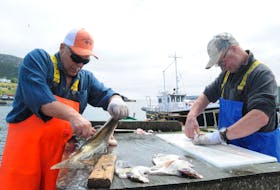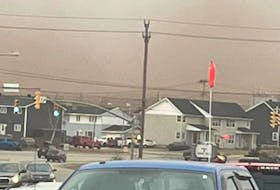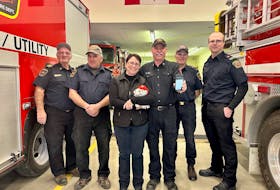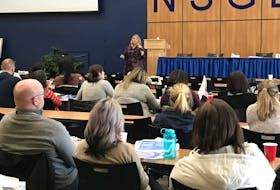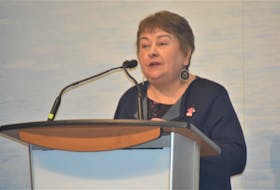We’ve all seen the heritage moment: John Cabot promises there’s enough cod in Newfoundland’s waters to feed a kingdom until the end of time.
I don’t know about you, but if I ordered “until the end of time” and got approximately 500 years, I’d want my money back. But that’s how long the cod hung on until the government issued a moratorium on cod fishing in Newfoundland in 1992.
The collapse of the Atlantic Northwest cod fishery was not due to climate change. But like climate change, that particular ecological disaster was the result of human activity: a combination of poor understanding of the underlying ecosystem, overcounting of cod numbers and the reckless employment of new technology drove the cod to near extinction.
And Nancy Shackell was there to watch it happen.

“I started my career by going to Newfoundland in the cod collapse,” says the Department of Fisheries and Oceans research scientist. “I went over there in ‘92. Came in right at that transition, and then have been working since and have seen a lot of changes.”
Since then, among other things, she’s worked as the head of the Aquatic Climate Change Adaptation Services Program, which was launched in 2012. Its mandate was to assess the climate change risk for a broad range of species and habitats.
“I think a lot of lessons were learned from the cod collapse in terms of the attitude towards sustainability. There was a complete shift. Now everybody’s about ecosystem-based management, thinking about predator/prey interactions, thinking about environmental effects. It was actually the cod collapse that initiated all of that.”
Complex cases
In Atlantic Canada, we rely on our fisheries. In 2018, over 600,000 tonnes of live catch netted more than $3 billion for the region. The ocean that catch comes from is a hugely complicated and dynamic system.
How complicated? Allow Shackell to introduce you to just a few of the factors.
“Every animal has a niche. There are temperature preferences, depth preferences, oxygen preferences,” she says.
“Then we add on the fact that there are conditioning factors. Are they a depleted population? Are they a healthy population? You could imagine that a depleted population would be more vulnerable to climate change than a healthy population.”

Some animals do well in warmer waters. The number of halibut has been increasing along with the temperature, for example. The collapse of species like cod, which prey on larval lobster, have provided an opportunity for those lobster to flourish. Catches have been increasing in Atlantic Canada for decades now.

“With the collapse in cod and other groundfishes, the survival of small lobsters has gone up, which will allow for more lobsters to reach adulthood,” says Adam Cook, a research scientist with DFO who specializes in population ecology. “So, it cycles through that way. A small decrease in mortality at small stages can mean a substantial increase in the adult population.”
Even if our oceans were just saltwater interacting chemically with the atmosphere above them, we would be faced with a hugely dynamic chemistry and physics puzzle. But the living creatures we rely on for so much of our industry are themselves hugely complex puzzles. They interact with themselves, with the environment, and with each other.
This points to a central issue in understanding how climate change will affect fishing stocks in Atlantic Canada. It touches on the struggle for public understanding of climate change. Because while climate change as a whole is not good news, it doesn’t mean bad news for every species.
“Not everything is going to hell, but we are dealing with a highly, highly dynamic environment now, on top of what we had before,” says Shackell.
“Now we’ve got to respond by learning how to manage. We do have to figure out how to keep the fishery stable in terms of management with these animals changing.”
Research priority

Researchers like Shackell and Cook are working to increase our knowledge base of the systems that underlie the species we depend on in Atlantic Canada. Misapprehension of the reality of our situation can have serious consequences.
To return to the cod fishery example, scientists used to assess the population based purely on the number of catches. If the numbers kept steady, there must still be enough fish.
But fish are like any other animal - they have places they prefer to be. Imagine you have a population of one million cod. They all love a particular patch of ocean, but only 100,000 of them can be there at a time. Each year, 100,000 of those cod were caught. Another 100,000 then move into the newly vacated space. When fishermen came back, it looked like the stock had been replenished. But really, there are only 900,000 cod left. Repeat until you fish that last 100,000 cod.
This is a simplistic model, but it’s what happened to cod fishermen. All seemed well until, suddenly, it was not.
So, while the Atlantic Canadian fisheries aren’t all on the verge of collapse, it’s more important than ever that we monitor them even more closely to make sure we understand what’s actually happening around the fishery and climate change.
“I'm only going to speak personally, but a lot of motivation is in response to the cod collapse,” says Shackell. “They’re difficult problems to figure out, and there’s progress in some areas and lack of progress in others. There is a lot of trying and there is a lot of effort and people are learning from each other. It’s setting up the information for people to act. So, from the point of view of the citizen, it would be to support the proactive adaptation to a changing climate. It used to all be scary. But now it’s more, OK, let’s adapt. We don’t really have a choice.”

